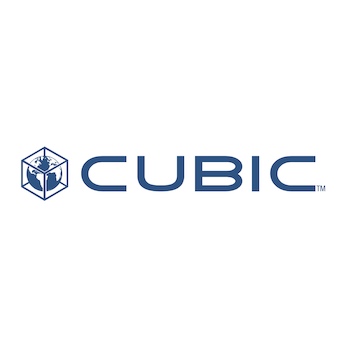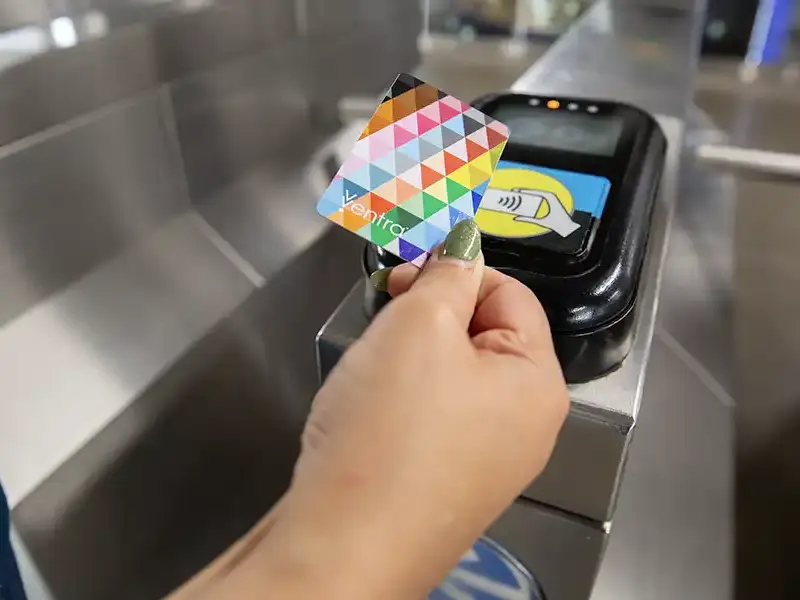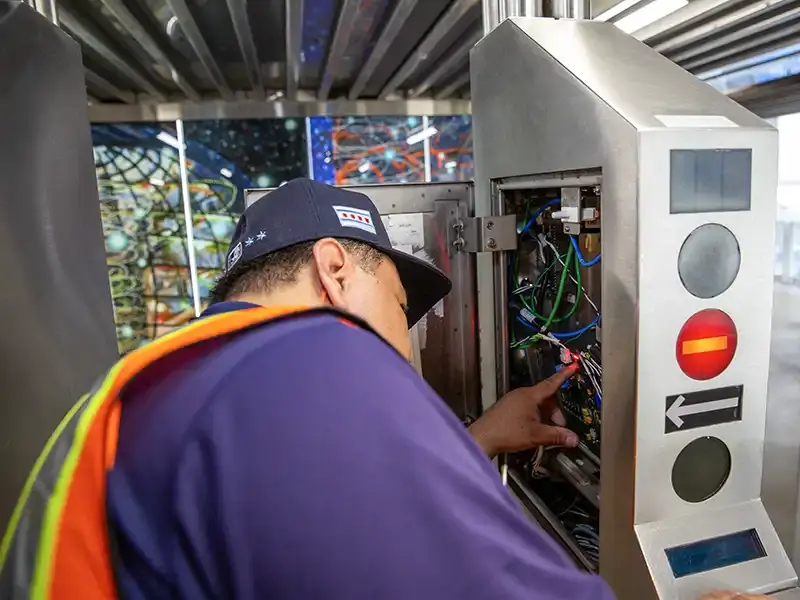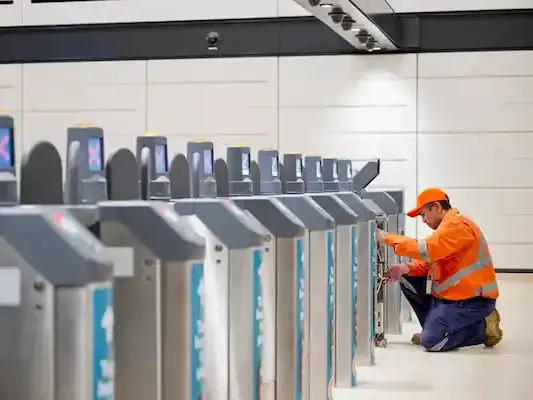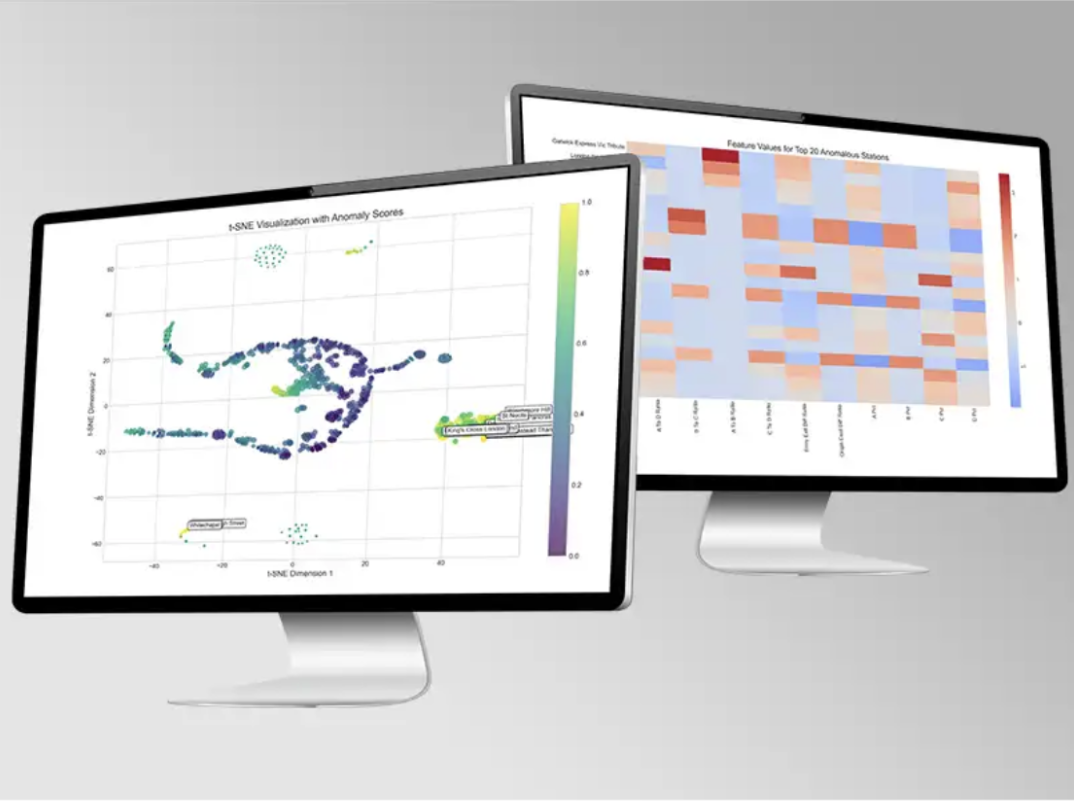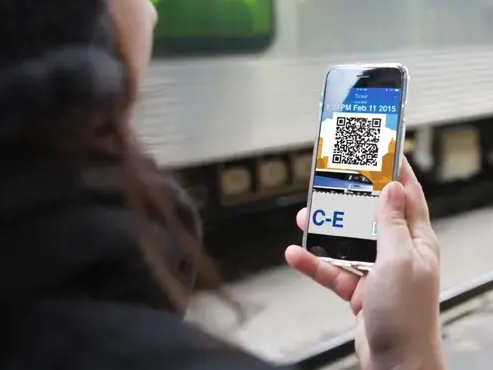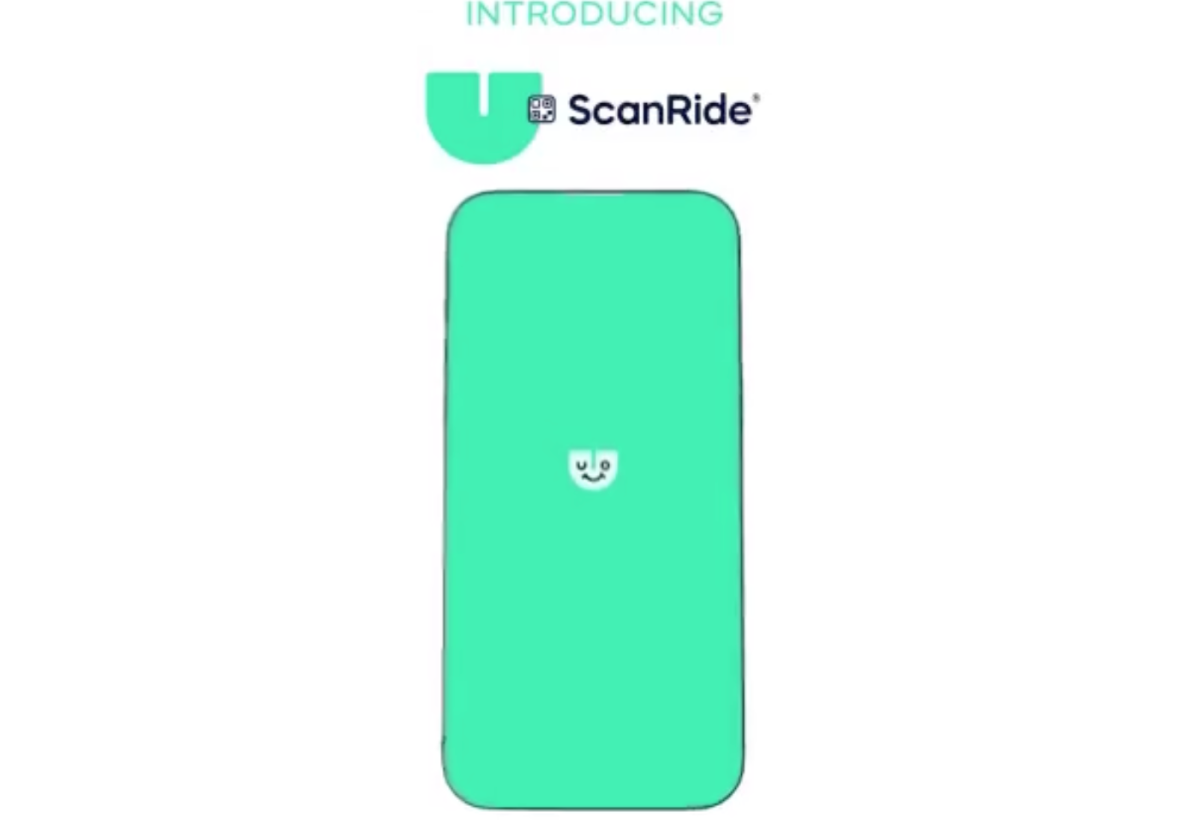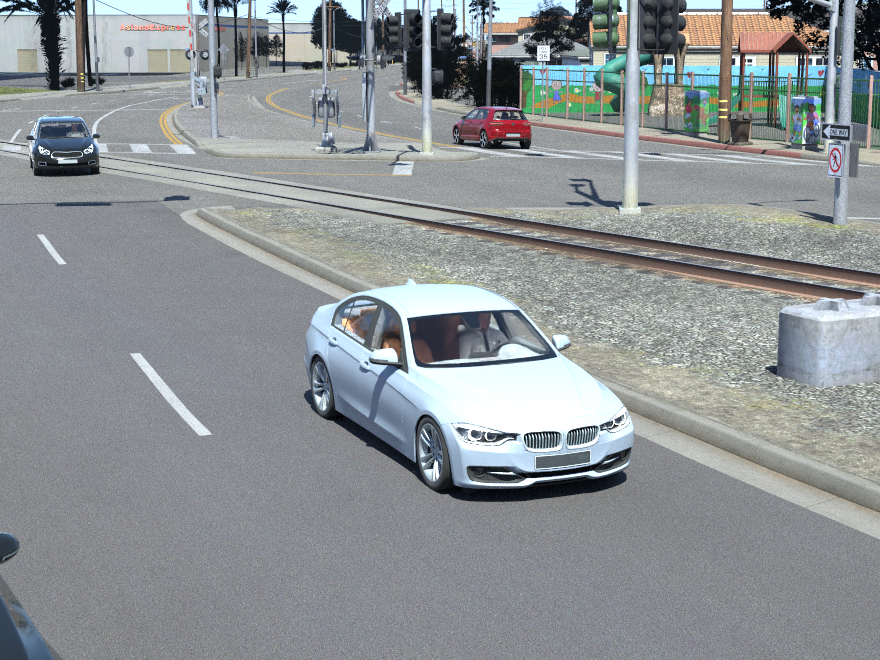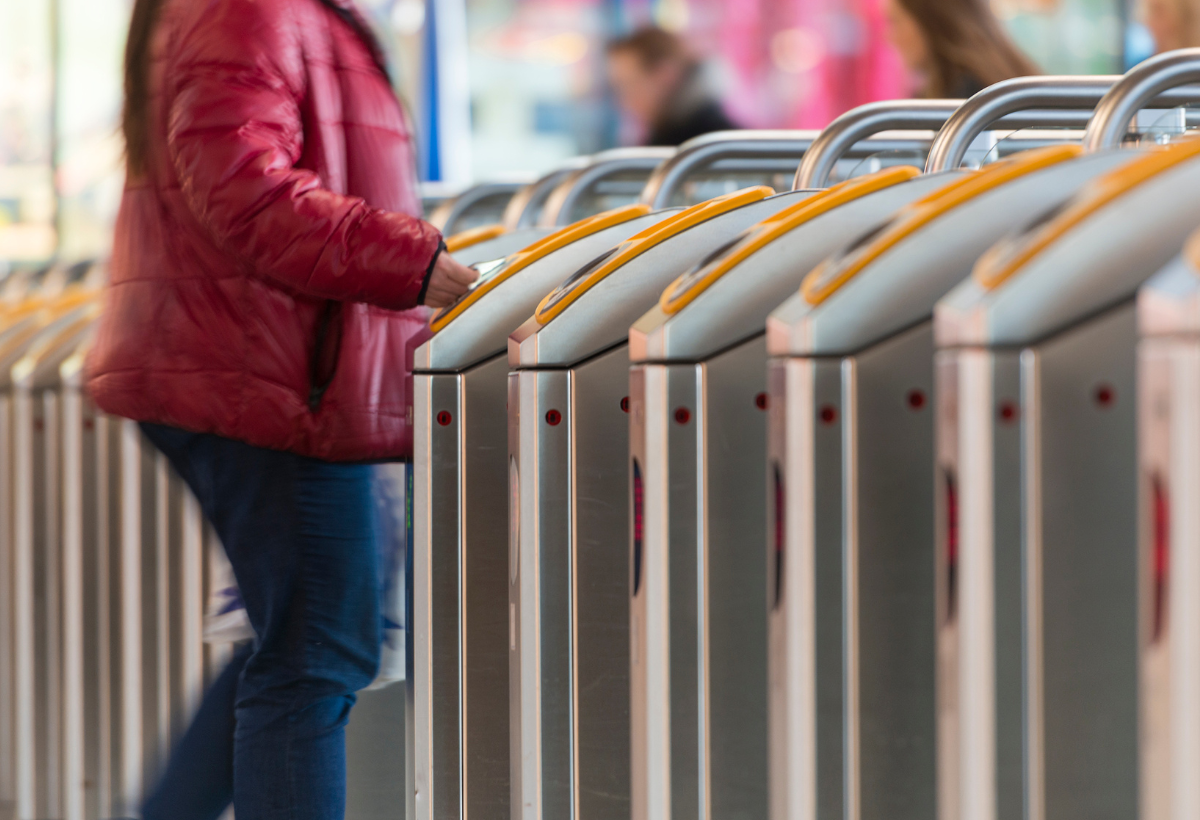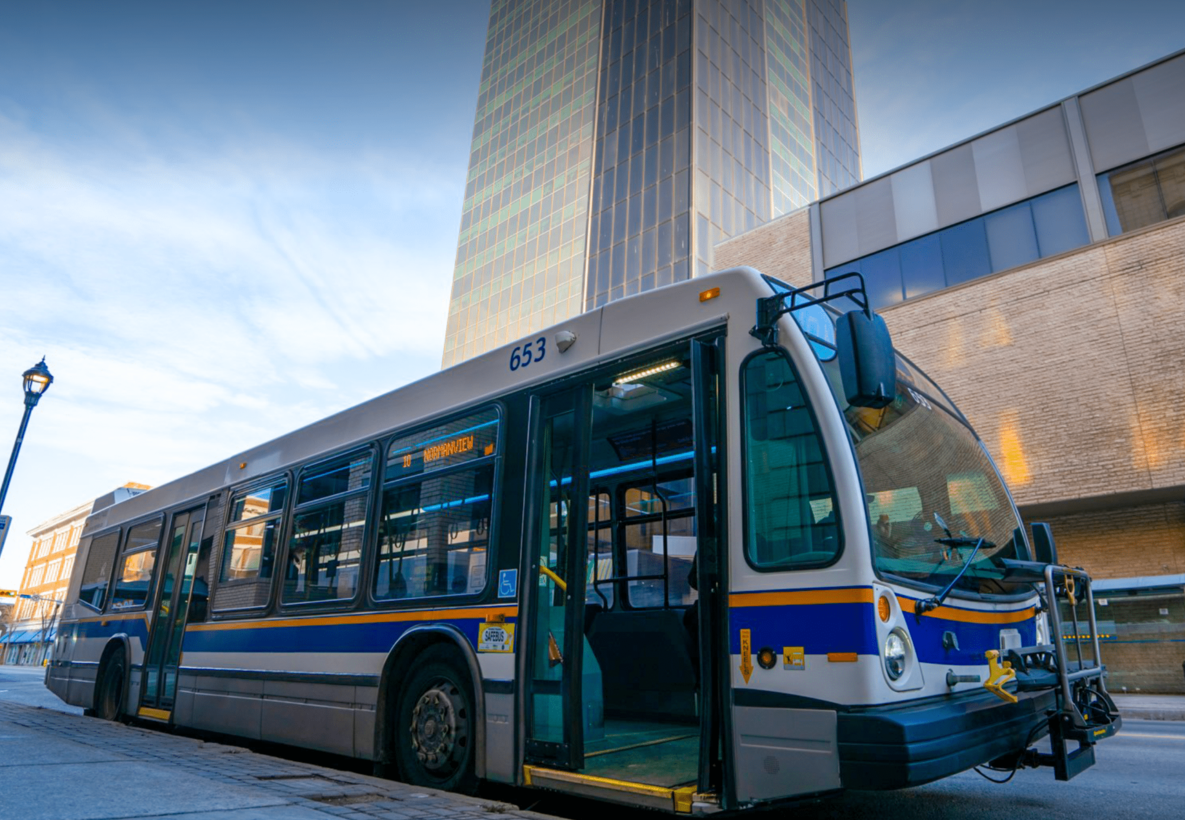Few innovations have undergone as dramatic a transformation in the ever-evolving landscape of technology as the humble QR code.
Once dismissed as a marketing fad, these pixelated squares have emerged as powerful tools reshaping industries – and public transportation is no exception.
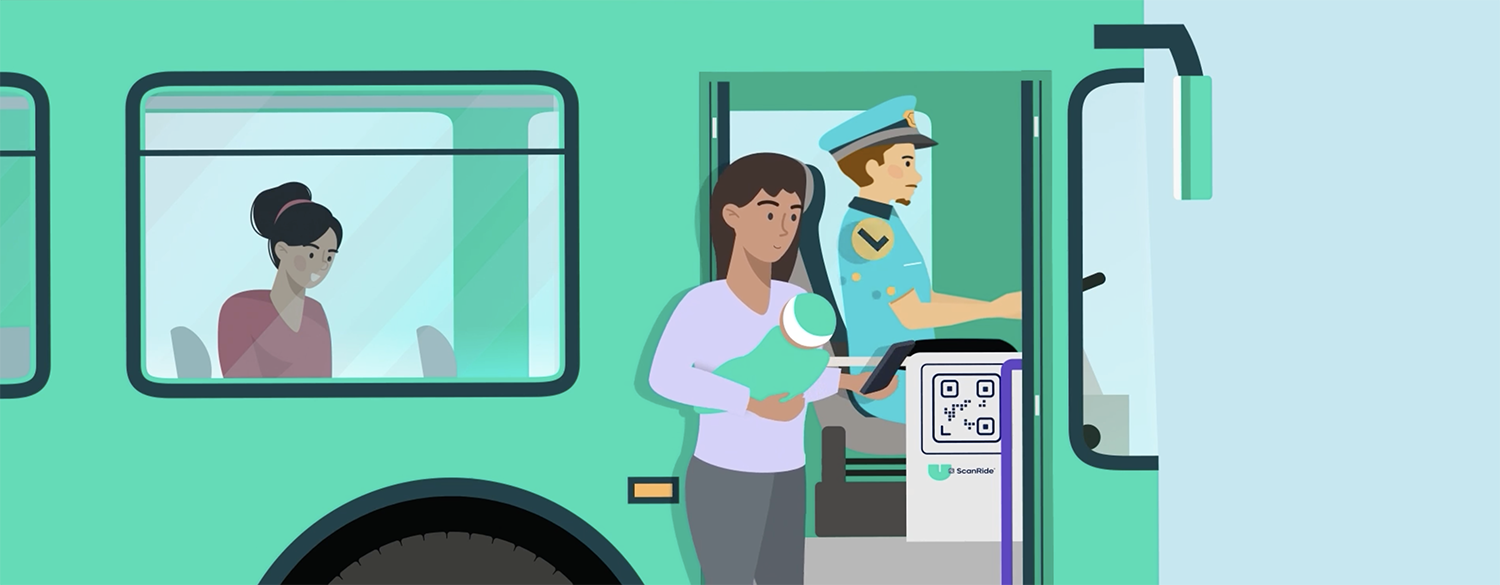
The Birth of the Quick Response
When Denso Wave, a Japanese automotive supplier, invented the QR code in 1994, its primary purpose was to track vehicles and parts during manufacturing. Little did they know that their creation would eventually transcend industrial applications and become ubiquitous in our daily lives.
The Rocky Road to Adoption
Despite their efficiency, QR codes initially struggled to gain traction outside Japan. In the West, they were often seen as clunky and inconvenient, requiring specialized apps to scan. Marketing teams plastered them on everything from billboards to bananas, often with little strategic thought, leading to “QR code fatigue” among consumers.
The Smartphone Revolution: QR Codes’ Second Wind
The turning point came with the widespread adoption of smartphones. Suddenly, everyone had a QR code scanner in their pocket. The COVID-19 pandemic further accelerated this trend, as touch-free interactions became not just convenient but essential. From restaurant menus to contact tracing, QR codes found their way into every aspect of our lives.
QR Codes in Transit: A Natural Fit
As QR codes gained mainstream acceptance, forward-thinking transit agencies began to explore their potential. The advantages were clear: QR codes are cheap to produce, easy to deploy, and can be updated instantly. Moreover, they align perfectly with the increasing consumer preference for contactless, mobile-first solutions.
Overcoming the Hardware Hurdle
However, a significant challenge remained for many transit agencies: the cost and complexity of updating existing fare collection systems to accommodate new technologies. Traditional solutions often require extensive hardware installations, leading to service disruptions and significant capital expenditure.

Enter Umo ScanRide™: The Best of Both Worlds
This is where innovations like ScanRide come into play. By leveraging the ubiquity of smartphones and the simplicity of QR codes, ScanRide offers an elegant solution to a complex problem. It allows transit agencies to implement a modern, account-based fare system without the need for new onboard hardware.
Here’s why this approach is a game-changer:
- Cost-Efficiency: By eliminating the need for new hardware installations, agencies can modernize their fare systems at a fraction of the traditional cost.
- Rapid Deployment: Without hardware logistics to manage, new systems can be rolled out in days, not months.
- Flexibility: QR codes can be easily deployed across various vehicle types, from high-volume buses to on-demand shuttles.
- Future-Proof: As a software-based solution, updates and new features can be rolled out seamlessly, ensuring the system evolves with changing needs.
- Enhanced User Experience: Riders enjoy the convenience of mobile payments, while agencies benefit from rich, real-time data.
The Road Ahead
As we look to the future, it’s clear that QR codes will continue to play a vital role in public transportation. They offer a bridge between the physical and digital worlds, enabling more innovative, responsive transit systems.
Perhaps most importantly, solutions like ScanRide embody a crucial principle in transit innovation: technology should simplify, not complicate. By harnessing the power of a tool already in every rider’s pocket, we can create transit systems that are more accessible, efficient, and user-friendly than ever before.
In the end, isn’t that what public transportation is all about? It’s not just about moving people from A to B. It’s about moving people forward, making their lives easier and their cities more livable. And sometimes, the key to achieving that lies in the simplest of innovations—even one as unassuming as a square of black-and-white pixels.
This article was originally published by Cubic Transportation Systems.


